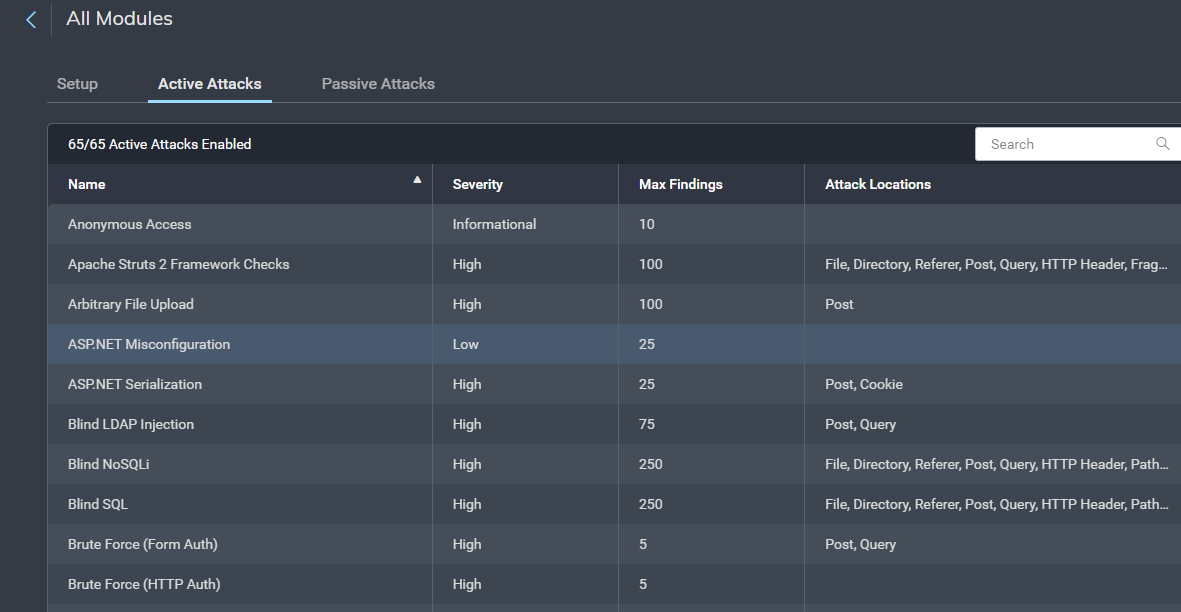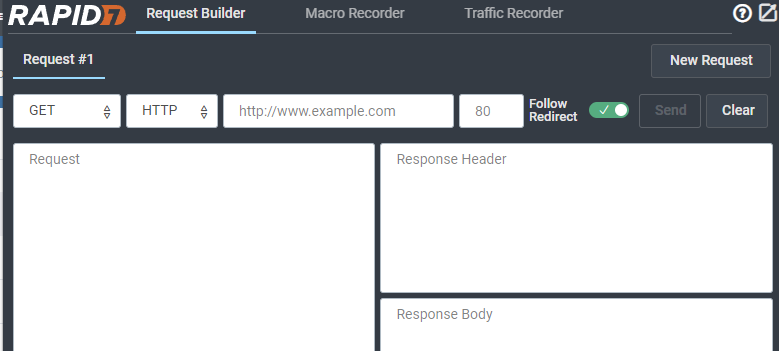Post Syndicated from Nathaniel Hierseman original https://blog.rapid7.com/2021/12/01/owasp-top-10-deep-dive-identification-and-authentication-failures/

In the 2021 edition of the OWASP top 10 list, Broken Authentication was changed to Identification and Authentication Failures. This term bundles in a number of existing items like cryptography failures, session fixation, default login credentials, and brute-forcing access. Additionally, this vulnerability slid down the top 10 list from number 2 to number 7.
To be sure, security practitioners have made progress in recent years in mitigating authentication vulnerabilities. We should consider ourselves fortunate that most employees are no longer using default usernames and passwords, generic admin, or admin as credentials — many of these issues have been resolved with the availability of frameworks that help standardize against these types of vulnerabilities. Security teams have also started to feel the effects of maintaining multi-factor authentication (MFA) accounts across the multitudes of applications we use in our day-to-day lives. This, too, has helped contribute to this category going down in the OWASP top 10 list.
But that doesn’t mean security pros should take their eyes off the ball when it comes to identification and authentication failures. Let’s take a look at the issues that still remain in mitigating this family of threats.
The challenges with identification and authentication
Nearly every application and technology solution that we use in our lives has some sort of login associated with it. In your home, think about the WiFi routers you connect to — and the many devices and appliances that can now access that network.
Your workplace likely also has a wide variety of devices that reside on the network. Most of these devices have some form of login that allows them to make configuration changes. In addition, these devices almost always come with generic usernames and passwords that allow users to log into them for the first time.
Unfortunately, these credentials appear in every user guide and are publicly well-known. Vendors routinely use the same generic credentials across multiple different product types, which can compound the problem. Even if you change the password upon configuration of the device, the username is still known, and the password can be brute-forced with a variety of different testing tools.
Testing identification and authentication with InsightAppSec
InsightAppSec, Rapid7’s dynamic application security testing (DAST) solution, offers a single solution with an ability to detect and identify these risks across your environment. It allows you to test your applications and devices for identification and authentication failures throughout the enterprise.
InsightAppSec contains 101 different attack modules, with thousands of payloads to help identify vulnerabilities in your environment. You can utilize the default attack templates within the solution or build your own from scratch.


InsightAppSec also lets you prioritize these risks within the platform and gives you the information you need to provide details and context to the teams responsible for remediation. The platform gives detailed recommendations for how developers can fix vulnerabilities. Users can also replay the attacks in real time against the application and validate that common issues, such as using generic credentials to log in, have been resolved with the Rapid7 Chrome Plugin.

Final thought
As organizations continue to protect their applications from identification and authentication issues, there will be added mechanisms for authentication in place for protection. As a part of any good application security program, these applications will still be to be scanned and tested. Having a scanning solution in place to be able to authenticate appropriately through these security protections is essential for organizations to address their identity- and access-related vulnerabilities.
Check out our previous OWASP Top 10 Deep Dives on: